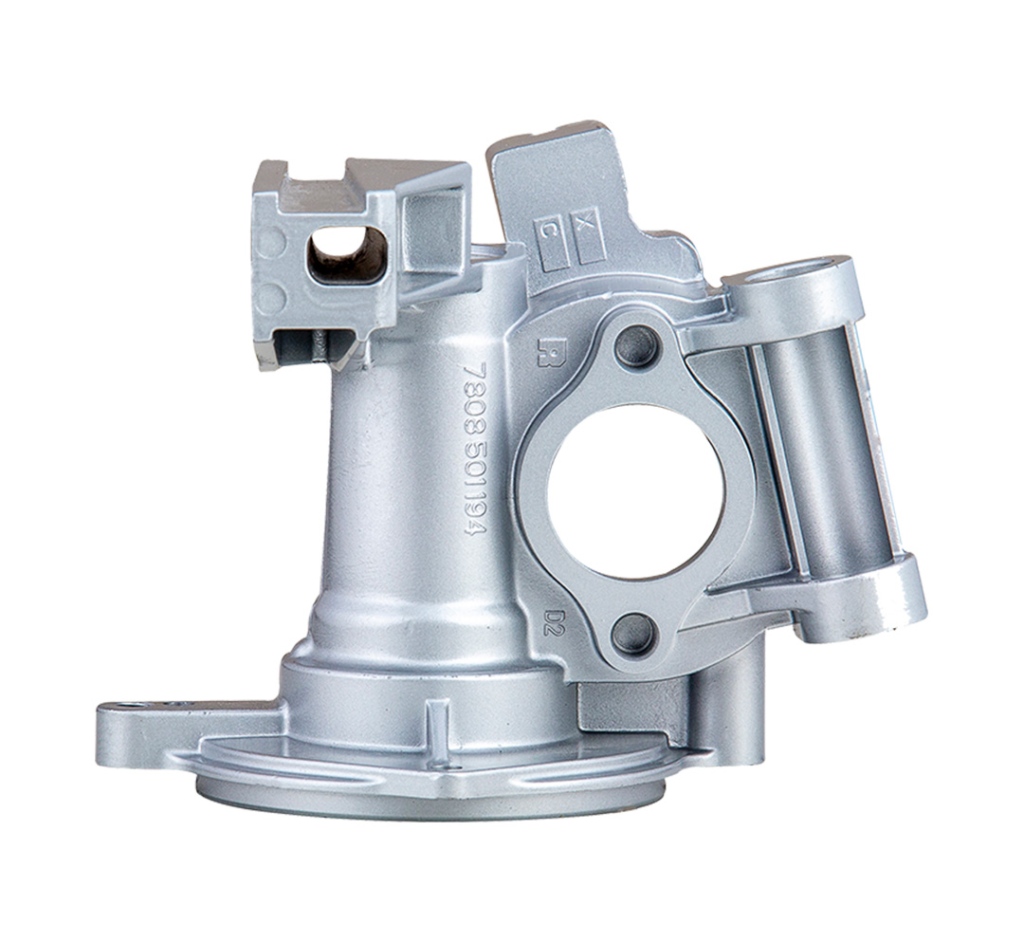In the world of manufacturing, an aluminium die cast stands atop a reliable and widely-used process. With its exceptional strength, versatility, and cost-effectiveness, aluminium die casting has become a preferred choice for various industries. This blog post aims to shed light on the fascinating aspects of aluminium die-casting, exploring its benefits, applications, and the reasons why it continues to be a go-to manufacturing method.
The Process of Aluminium Die Casting
An Aluminium die-cast is a metal casting process that involves injecting molten aluminium alloy into a steel mould, known as a die. The molten metal is forced into the mould at high pressure, ensuring that it fills all intricate details and cavities. Once the metal solidifies, the die is opened, and the casting is removed. This process offers exceptional precision, allowing for complex shapes and tight tolerances to be achieved. Moreover, aluminium’s low melting point facilitates faster cycle times, making it an efficient manufacturing method.
Advantages of Aluminium Die-Casting
The popularity of aluminium die-casting stems from its numerous advantages.
- Aluminium is a lightweight material, making it ideal for applications where weight reduction is critical without compromising strength. Right from the automotive industry to aviation, lightweight complex types of machinery are the new norm. Just because of top-quality, highly durable aluminium die-cast products, the manufacturers can design strong but lightweight vehicles.
- Aluminium boasts excellent corrosion resistance, making it suitable for outdoor and high-humidity environments. Alloy wheels of two-wheelers and four-wheelers can withstand any weather condition.
- Aluminium die-castings exhibit superior thermal conductivity, making them useful for heat dissipation in electronic components including more effective and sustainable suspensions and braking systems.
- The die-casting process imparts exceptional dimensional stability to aluminium parts, ensuring consistent quality across large production runs.
- Aluminium die-casting offers cost savings due to its high production rates, minimal post-processing requirements, and reduced material wastage.

Applications of Aluminium Die-Casting
The versatility of an aluminium die cast is evident in its wide range of applications. In the automotive industry, aluminium die-cast components are found in engines, transmissions, and structural parts, providing strength, and reducing weight. In the aerospace sector, aluminium die-castings contribute to aircraft structural components, fuel systems, and interior parts. Other industries that benefit from aluminium die-castings include electronics, telecommunications, appliances, and furniture. The process’s ability to produce intricate shapes with tight tolerances allows for the creation of complex designs in these applications. Whether it is intricate electronic housings or sturdy automotive components, aluminium die-casting offers the necessary strength and reliability.
Aluminium die-casting has proven itself as a go-to manufacturing process, delivering strength, versatility, and cost-effectiveness across a wide range of industries. Its exceptional properties, coupled with the ability to create complex designs, make it a favored choice for producing high-quality components. With its continued advancements, aluminium die-casting will undoubtedly play a significant role in shaping our future. Rockman is a prominent name in this field. They manufacture varieties of aluminium die cast parts mainly for the automotive sector. Over the decades, their production quality and innovative processes have improved the quality of automotive parts.